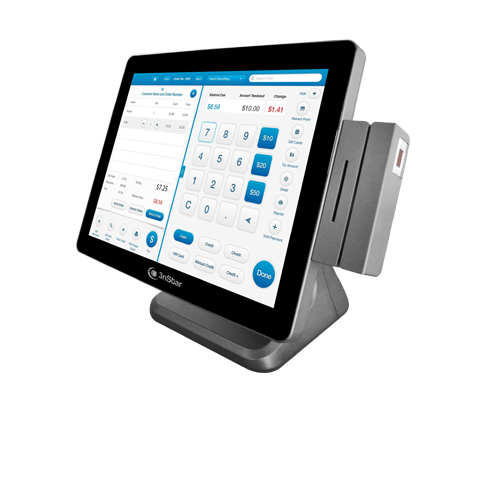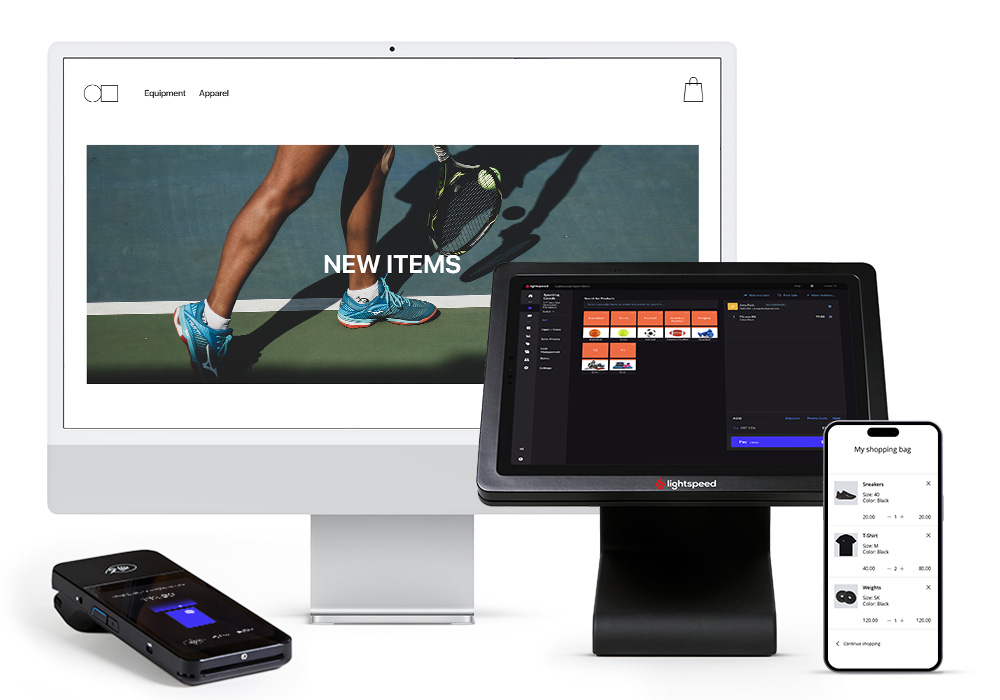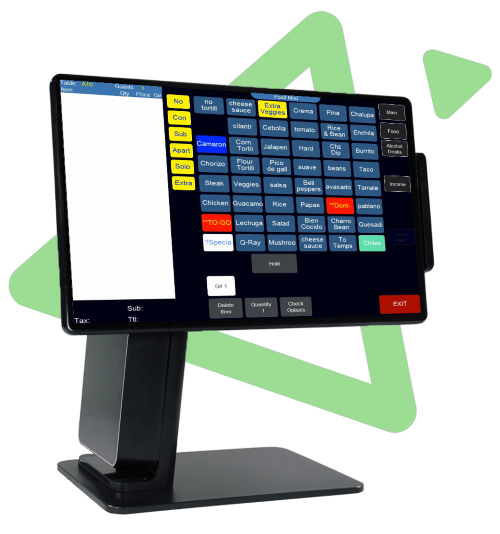How POS System Works: A Comprehensive Overview for Entrepreneur

Understanding the Parts of a POS System

Exactly How Sales Transactions Are Processed
When a customer makes a decision to make an acquisition, the sales deal starts a collection of systematic actions within the POS system. The cashier inputs the products being bought, which are checked through a barcode reader or by hand gotten in. This activity recovers product information, consisting of rates and relevant tax obligations, from the system's database.Next, the customer is provided with the overall amount due. The POS system after that processes the settlement, whether via money, credit report card, or mobile payment methods (Restaurant POS Software). For electronic payments, the POS securely communicates with payment cpus to authorize and confirm the transaction.Once the settlement is confirmed, the system creates a receipt, which can be printed or sent digitally. This invoice acts as receipt for the client. Finally, the purchase data is tape-recorded in the system, ensuring accurate sales documents and financial monitoring for the business
Inventory Management and Monitoring

Reliable stock administration and monitoring are crucial elements of a POS system, as they assure that companies keep perfect supply levels and lessen disparities. A durable POS system allows for real-time supply updates, showing sales and returns instantly. This allows local business owner to keep an eye on supply degrees accurately, making certain that preferred things are readily offered while preventing overstocking of less prominent products.Additionally, progressed POS systems provide attributes such as automated stock notifies and reorder pointers, simplifying the procurement process. Barcoding and RFID innovation enhance precision in tracking supply movement, decreasing human error. Substantial coverage devices offer insights right into supply turn over prices, aiding companies make educated decisions about purchasing go to this web-site and product offerings. Ultimately, efficient supply monitoring with a POS system not only boosts functional effectiveness however likewise boosts consumer satisfaction by guaranteeing item schedule.
Assessing Client Information and Insights
Client information evaluation acts as an effective device for organizations utilizing a POS system (Restaurant POS Software). By collecting and analyzing deal information, companies can uncover valuable insights about consumer habits and preferences. This analysis enables them to identify acquiring patterns, peak shopping times, and popular products, therefore educating stock decisions and advertising and marketing strategies.Additionally, organizations can section their client base, permitting for personalized advertising and marketing initiatives that deal with certain demographics or purchasing behaviors. Comprehending consumer loyalty patterns also helps in developing targeted rewards and promos programs.The information amassed from a POS system can also disclose insights into customer comments, enabling organizations to make educated choices pertaining to product offerings and solution enhancements. Eventually, leveraging client information effectively can boost the overall purchasing experience, foster customer complete satisfaction, and drive earnings Check Out Your URL development
Benefits of Carrying Out a POS System

Often Asked Questions
What Types of Organizations Can Take Advantage Of a POS System?
Various services gain from a POS system, including retail stores, dining establishments, hair salons, and ecommerce platforms. These systems enhance transactions, inventory administration, and client information, boosting functional performance and improving client experience across diverse industries.
Just how much Does a POS System Typically Cost?
The cost of a POS system generally ranges from a few hundred to several thousand dollars, depending on features, hardware, and software. Services have to consider recurring costs for support, why not check here upkeep, and deal handling when budgeting.
Can I Integrate a POS System With Existing Software?
Integrating a POS system with existing software application is commonly possible. Numerous systems offer APIs or integrated compatibility attributes, enabling businesses to simplify operations and boost performance by connecting different software application applications properly.
What Training Is Needed for Personnel to Use a POS System?
Educating for staff to make use of a POS system normally consists of understanding software performances, processing deals, managing supply, and dealing with consumer interactions. Practical presentations and hands-on practice improve effectiveness and confidence in operation the system efficiently.
What Takes place if the Internet Decreases While Utilizing a POS System?
Transactions might be disrupted if the net goes down during POS system usage. Several systems provide offline capacities, permitting basic operations to proceed, yet full performance, consisting of real-time supply updates, will be restricted. A Factor of Sale (POS) system is made up of several essential parts that work together to handle and promote transactions business operations. Reliable inventory management and tracking are important elements of a POS system, as they guarantee that organizations keep perfect stock levels and decrease inconsistencies. Consumer information analysis serves as a powerful device for services using a POS system. Comprehending client commitment patterns additionally aids in creating targeted rewards and promotions programs.The data amassed from a POS system can additionally expose understandings right into customer feedback, enabling companies to make enlightened decisions relating to item offerings and solution improvements. Implementing a POS system supplies countless benefits that can considerably enhance business operations.